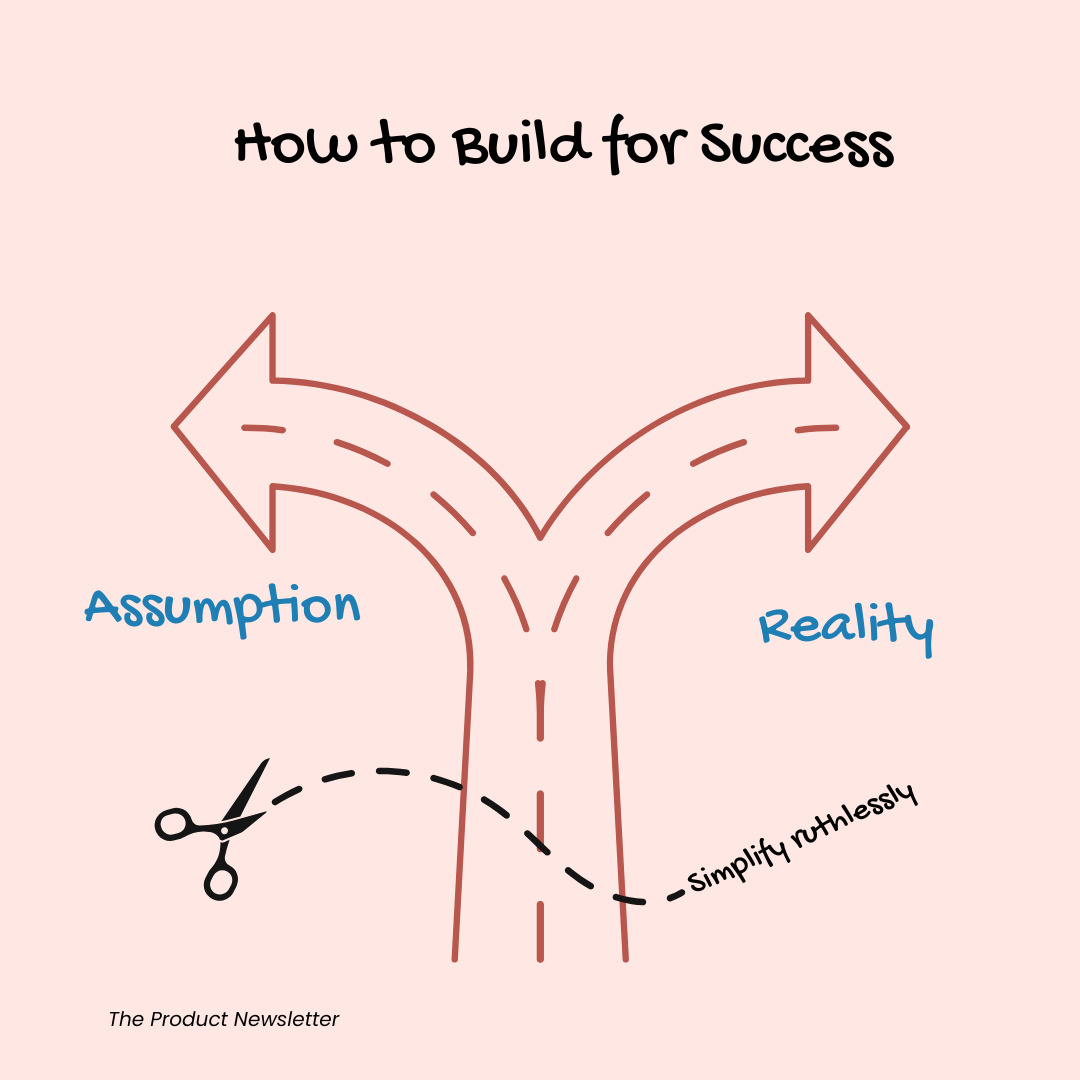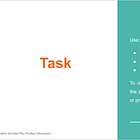Why Products Fail and How to Build for Success
Great products still fail when the fundamentals are ignored. This article covers the principles that keep teams focused, aligned, and on track
Hi 👋! You are reading one of my free articles - I hope it helps you level up your PM skills. Want to go deeper? My premium subscribers get exclusive frameworks and strategies I don’t share anywhere else - content that has helped hundreds of product managers land better roles and make bigger impact.
Ready to accelerate your product career? Subscribe now for premium access and join a community of exceptional PMs gaining an edge every week.
Now, let’s dive into today’s insights…
I’ve watched countless promising products fail, and not because the ideas were terrible. Most of the time, it’s because the builders get fundamental things wrong. I’ve seen it happen multiple times: products doomed by poor decisions, confirmation bias, and clumsy processes. Here’s my take on the key traps that lead to failure and how you can steer clear of them.
The Deadliest Assumption
If you think you know what your customer wants without intentionally asking, you’re already off course.
This might sound absurd, but I’ve watched teams assume they understand user needs, only to build something no one cares about. I once worked with a startup that spent eight months building a feature their internal team thought was revolutionary. When they finally showed it to customers, the response was a collective shrug.
Take Coca-Cola for example. In 1985, they thought a flavor tweak would win over the market—only to find that consumers fiercely preferred the original taste. It wasn’t a bad idea in theory, just one built on assumptions rather than genuine customer insight.
The most successful product teams I’ve been part of had one thing in common- they were obsessive about talking to users. Not just at the beginning, but continuously throughout development.
Big Team, Big Confusion
I’ve discovered that more isn’t always better when it comes to team size. A huge team can turn into what I call a “cesspool of opinions”, where endless debates replaces decisive action.
At one company I worked for, a simple homepage redesign took six months because there were 15 people who all needed to weigh in. The same project at a different company with four decisive team members took three weeks.
In my experience, smaller, focused teams with sound judgment move faster and make smarter decisions. I try to keep core product teams to 5-7 people when possible. Beyond that, communication overhead starts to outweigh the benefits of extra hands.
Feature Bloat: When More is Less
Feature bloat might be the most common trap I've seen teams fall into. Squeezing in every possible feature might seem like a win, but it just adds clutter and confusion.
I worked on a product once where we removed nearly 40% of the features, and customer satisfaction went up. Why? Because users were finally able to find and use the core features they cared about.
Users end up overwhelmed by complex products and often choose a simpler, more elegant solution. I've watched this happen repeatedly, especially in B2B software, where companies try to check every box on the feature comparison spreadsheet.
Waiting Too Long to Launch
Waiting too long to launch is equally risky. In the quest for perfection, you may miss your window of opportunity entirely.
Microsoft’s Windows Phone is the classic example that comes to mind. They spent years refining their mobile operating system, but by the time it finally shipped, iOS and Android had already captured the market. The delay didn’t just cost them a foothold—it relegated the Windows Phone to a mere footnote in tech history.
I’ve seen the same pattern play out at smaller scales too. A team I advised had a genuinely innovative productivity tool, but they delayed the launch for nine months to add “essential” features. By the time they shipped, two competitors had already established themselves in the space.
How to Do Great Product Work
Here’s how to avoid these pitfalls:
1. Talk to users constantly – be humble, remain curious, and always learn.
Not just at the beginning, but throughout the development process. I try to have at least 2-3 user conversations every week, no matter how busy I get. Their feedback is the difference between building a product based on guesswork and building one that truly resonates.
2. Keep your team lean and focused.
Don’t be seduced by the idea that more people equals better ideas. I’ve found that 3-5 people who trust each other and have complementary skills can outperform teams three times their size. When I need to make a critical product decision, I'll often deliberately limit the discussion to a small group.
3. Simplify ruthlessly.
This is hard, especially when you’re passionate about your product. I force myself to identify the three most important things users need to accomplish and optimize for those. Everything else is secondary. When in doubt, I cut features.
4. Launch early, and learn quickly.
I've never regretted launching too early, but I’ve frequently regretted launching too late. Get a minimally viable version in front of real users as soon as possible. One technique I use is to draw a line through my feature list and say “Version 1.0 is everything above this line” – and then I move the line up until it feels uncomfortable.
Final Thoughts
At its core, a successful product isn’t born out of a single brilliant idea—it’s the result of smart, disciplined decision-making at every step.
I've found that treating customers as the experts they are, keeping teams focused, and never losing sight of simplicity are the foundations of product success. With the quality of talent and the lightning speed of software being shipped in today’s market, there’s no room for half-measures or guesswork.
When I think about the products I love using, they’re not perfect, but they work because someone made hard decisions—decisions that balanced vision, simplicity, and customer feedback.
In a world where nearly half of new products flop, you have to ask yourself: Are you listening to users, or are you just guessing? The path to success isn’t paved with assumptions; it’s built on honest, relentless attention to what truly matters.
ICYMI: If you’re a PM aiming to set your product up for success, these past issues on building the right strategy are worth a read.
Having the right product vision is tightly linked to building a successful product. Wondering how? Read this piece to find out 👇🏾
How do you ensure stakeholder buy-in for your roadmap items? Start with a strong product strategy—then present it clearly in a deck. In this article, I show you how to craft the perfect product strategy deck (plus free slide templates) 👇🏾







